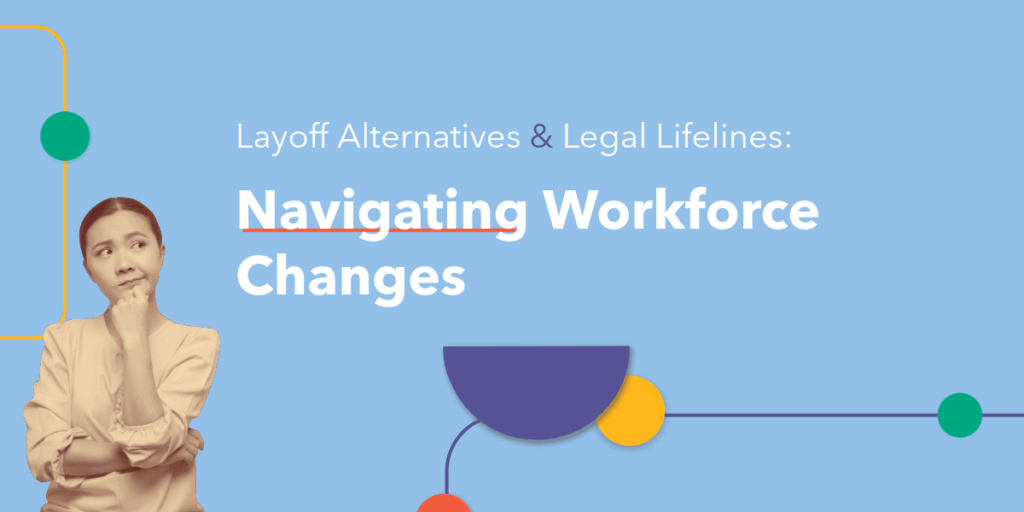[vc_row][vc_column][vc_column_text margin_bottom=”20″]Are you compliant with the AODA requirements?
Small businesses face stiff penalties for non-compliance. AODA refers to the Accessibility for Ontarians Disability Act passed into law in 2005 to enable people with disabilities to fully participate in all activities in the province.
To achieve the AODA objective of an accessible Ontario by 2025, five standards have been created that require all organizations, including private and not-for-profit sector organizations to meet accessibility standards in five areas:
- Customer service
- Employment
- Information and Communications
- Transportation
- Design of public spaces
The reasons behind the legislation are that 15.5% of Canadians are considered to have some form of disability. This number is predicted to rise to 20% over the next two decades, in part due to the aging of the population that’s one fifth of its potential market, and this market segment with spending power of around $25-billion per year in Canada.
It is the law and compliance is required or you expose your business to significant penalties.
What are the consequences of non-compliance?
Reports indicate that small business has been slow to meet compliance requirements with over 36,000 employers or 70% of private sector businesses failing to comply with AODA’s customer service standard. In the case of an offence under the AODA requirements, businesses may be fined up to $100,000 a day.
Increasing pressure on the government by interest groups has led to even more proactive enforcement efforts. Beginning with reminder letters, non-compliant employers are eventually issued a compliance order (over 500 employers are currently facing these orders) requiring them to file their online report within 30 days or face fines between $500-$2000.
In 2014, the government also started to conduct compliance audits to assess whether companies are in fact implementing AODA-mandated policies and conducting employee training sessions per the compliance requirements.
Why are small businesses reluctant to comply with AODA?
Contributing to the reluctance by small employers to comply is complicated legislation and confusion about employer obligations.
Often those employers that do not have public-facing operations i.e. manufacturing believe the customer service standard does not apply to them. This is not true. Any interface that your business has with suppliers, clients, association membership, patients, etc. means interaction with a third-party and is therefore subject to the AODA customer service standard.
As well, the compliance requirements/schedule are based on the industry and size of the employer with staggered deadlines to help businesses adjust to the additional work this creates. Despite this, larger companies often have more available resources and expertise to understand/respond; however, small businesses are faced with little time and even less resources to decipher the legislation, let alone fulfill the compliance requirements.
The good news is the government adopted a phased-in approach, beginning with the customer service standard, requiring all businesses to be compliant as of January 2012.
The next four standards – Information and Communications, Employment, Transportation and Design of Public Spaces – have been combined under one regulation, the Integrated Accessibility Standards Regulation.
This regulation is now law and the requirements currently in the regulation are being phased in primarily between 2012 and 2017.
Customer Service Standard: Required as of January 2012
Customer Service Compliance requirements vary depending on the number of employees you have. If you have less than 20 employees:
- Create your customer service accessibility plan
- Train your staff
If you have 20 employees or more:
- Create your accessibility plan
- Train your staff
- Let your customers know the accessibility plan is available
- Keep a log of the training delivered
- File an online report to confirm compliance with the standard
Integrated Accessibility Standards Regulation: First Requirement due January 1, 2014
For the Integrated Accessibility Standard, compliance requirements are again based on sector and number of employees and comprise a set of General Requirements that include an in-depth multi-year accessibility plan and mandatory training for all staff and management.
The first of these requirements is due January 1, 2014.
These standards are more complex and involved than the Customer Service Standard and require an intimate understanding of the requirements as well as time to plan, in order to meet the several compliance deadlines.
For more information, check out the Ministry website. This site is comprehensive with some good tools to get started. However, you may find that it is not that intuitive and requires some time and perseverance to get the information and requirements specific to your size and type of company.[/vc_column_text][vc_column_text margin_bottom=”15″]
We would love to speak with you about your experience and overall progress toward compliance for your business. Contact us if you would like help meeting your compliance requirements.[/vc_column_text][/vc_column][/vc_row][vc_row][vc_column width=”1/4″][mk_circle_image src=”https://www.businesssherpagroup.com/wp-content/uploads/2016/04/John-Dawley.jpg” image_diameter=”300″][/vc_column][vc_column width=”3/4″][vc_column_text]
About the Author
John Dawley is a collaborative and results-oriented Senior HR leader with over 25 years experience in a variety of market sectors. John is a strong communicator and problem-solver with an ability to effectively identify and tackle business issues leading to practical and sustainable solutions. Working in both small and medium-sized business environments in private industry and non-profit settings, his experience spans across all HR disciplines.
[/vc_column_text][/vc_column][/vc_row]










